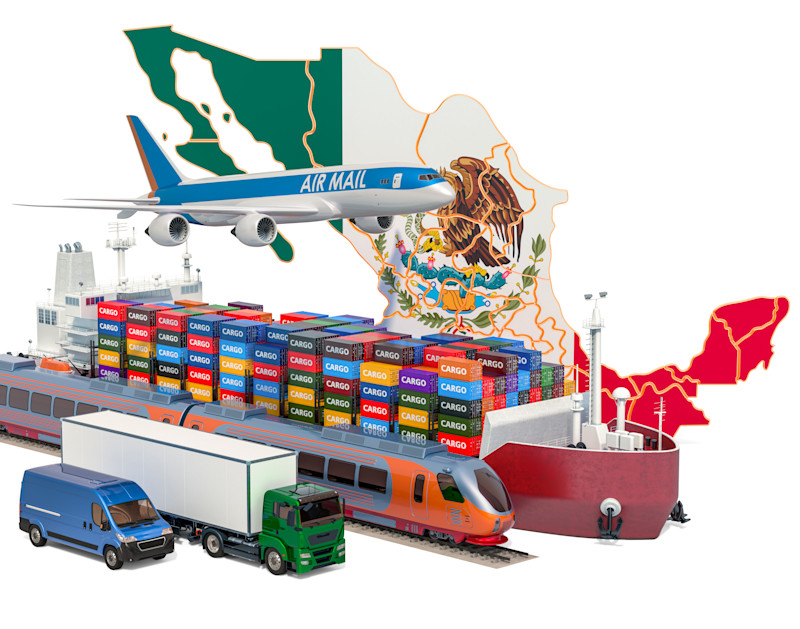As a direct result of increased foreign direct investment (FDI), the Mexican car market is equally as large as it is varied. Forty-two different makers have representation in the market, having produced over 400 models, making Mexico one of the most diverse automobile markets in the world. Furthermore, sustained pollution in Mexico City and legislation preventing fossil-fuel cars to run on specific days has sparked an interest in an electric car market. According to Motortrend magazine, by 2021, 35 automobile manufacturers offered an electric vehicle, a reflection of EV interest. This growth was underscored in April 2021, when GM announced a $1 billion investment in Mexico to build electric vehicles.
In North America, the USMCA will overall primarily act as a stabilization mechanism of the status quo; there are no drastic gains or losses for international parties. The only plausible implication is for manufacturers to either increase wages for workers in Mexico or concentrate high-skill jobs in the United States and Canada. Most notably, the USMCA contains a labor value content minimum. This means that around 25% of a car's components need to be manufactured by a worker earning a minimum wage of $16 per hour, which leaves an ultimatum for companies: They must either quadruple the minimum wage or incur a 2.5% quota. That said, it very well might mean that research-level jobs close to $16 per hour might have a pay raise that pushes them over that "high-value" labor threshold. Withstanding other requirements, meeting that threshold would mean no tariff would incur. While there might be some reshuffling of jobs to the United States or Canada – higher wage countries – there is also the strong possibility that Mexican firms incur a 2.5% tariff and maintain this supply chain.
Pat McGibbon, chief knowledge officer, AMT, noted in a recent AMT News article: “Here in North America, Mexico and Canada have done well. Mexico still struggles with the pandemic, but the manufacturing sector has taken off. Higher oil prices have quickly helped the government take strong fiscal actions while keeping a balanced budget, at least through May of this year. The impact on manufacturing is significant. Manufacturing represents 75% of all exports, and total exports jumped 49% in the second quarter of 2021 relative to 2020. Industrial production is up 37% between May 2020 and 2021. Expectations are that Mexico will see a 6.2% increase in GDP in 2021 and another 3.2% in 2022, while inflation will increase 6% in 2021. The facts (or stats) paint a pretty strong picture for our southern USMCA partner.”
Supply Chain Operational Shifts
Automobile manufacturers are more resilient than other industries in response to COVID-19. One common observation from North American manufacturers, taken from a survey released by Swiss Global Enterprises in 2019, was the following: "Inquiries for our product during the 'work from home' phase of the pandemic have actually increased, but it is too soon to tell if additional sales will result since the overall economic impact and duration of the shutdown is unknown." The survey went on to note that manufacturers are cautiously optimistic that sales will maintain, though other elements such as R&D might be sluggish, and it posited that as long as sales remain in place and the purchasing manager’s index (PMI) increases in Mexico from 38 to 40, an entrance into the market is feasible.
The information provided in this article is based on research and report provided by George Washington University – CIBER Bootcamp and commissioned by IBDGi on behalf of AMT for the publication of the white paper Views on the Manufacturing Technology Supply Chain and International Trade: Changes in the Global Supply Chain, the International Manufacturing Industry, and the Demand of MT Equipment. To access the full white paper, click here.






